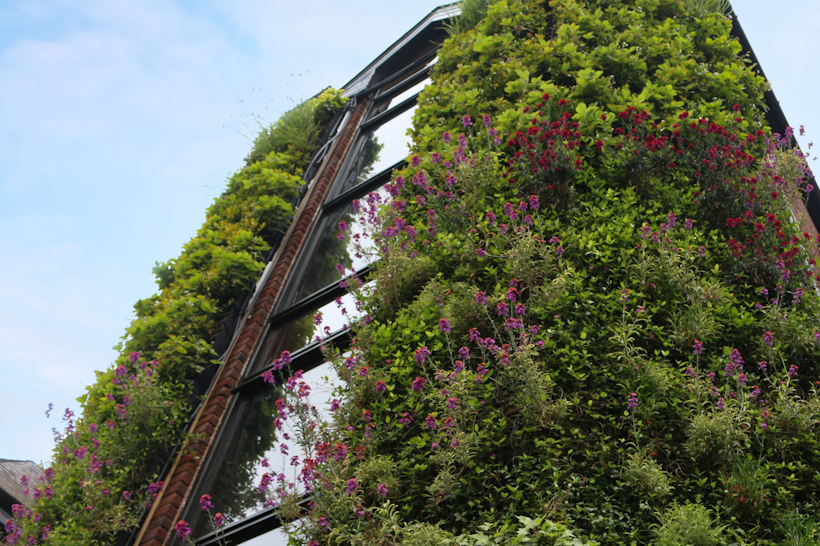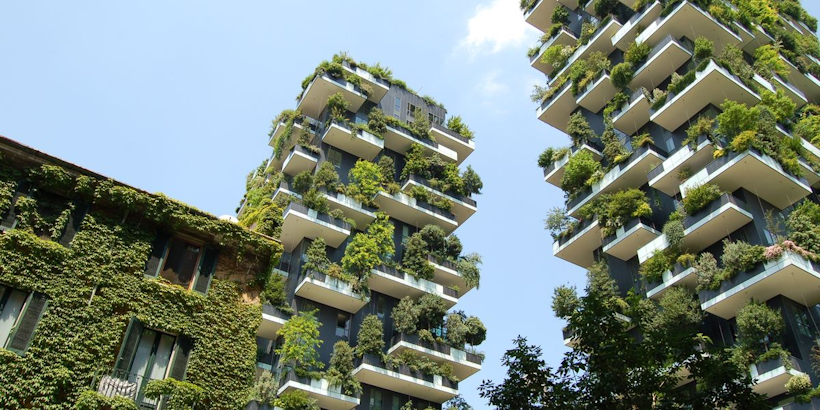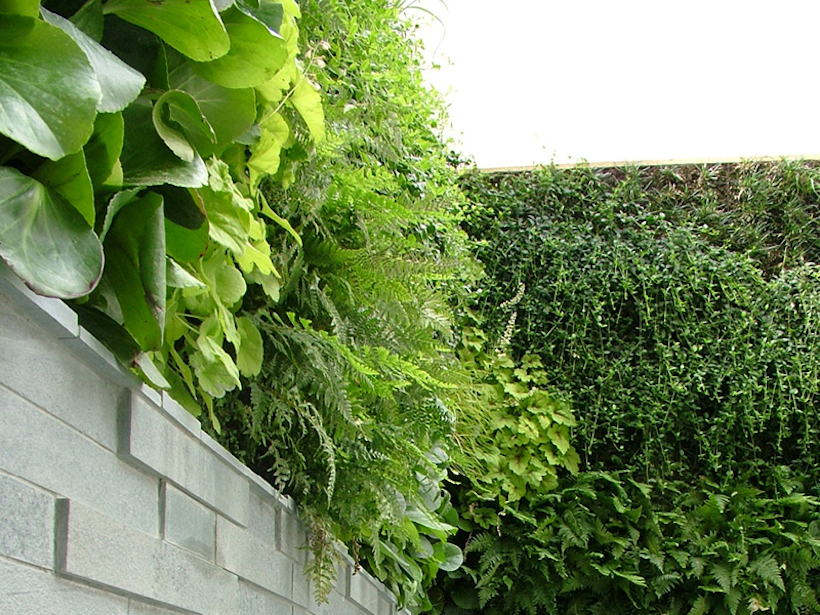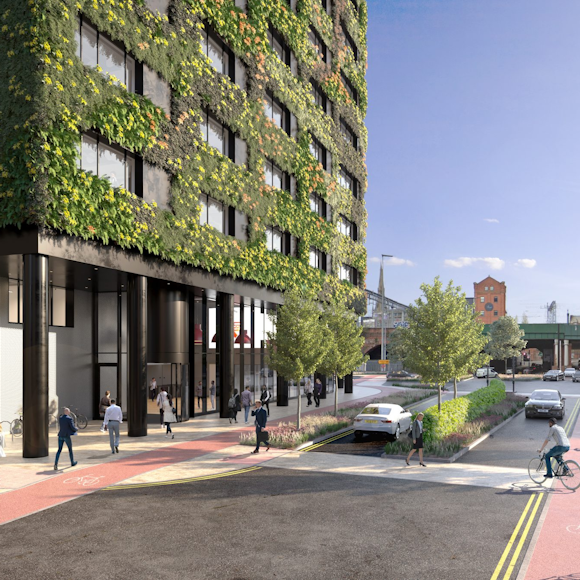The current climate crisis is at the forefront of everyone’s concerns, especially for those within the building and construction sector. According to the 2021 Global Status Report for Buildings and Construction, the built environment generates nearly 50% of all annual global CO2 emissions—having a huge impact on the planet’s health.
In order to reduce the impact urban architecture has on the planet, vital changes to building and construction processes need to be made. So, faced with this, what are architects and organisations doing to not only prevent the deterioration of our planet’s health but improve it?
Enter green architecture, otherwise known as sustainable architecture.
Green architecture is an approach to design and building that aims to reduce the harmful impact residential and commercial developments have on the environment and reconnect people with nature. In this article, we are going to explore the fundamental principles of green architecture, the benefits it has on the environment and people’s wellbeing, and how it is shaping the future of urban architectural design.

The fundamental principles of green architecture
The environmental integrity of a building is now a key consideration when designing new buildings or renovating existing ones. More and more architects and designers are realising that good design improves the quality of life and minimises the harmful impacts on our environment.
Green architecture aims to achieve these results using six fundamental principles, which govern how sustainable buildings are designed and built. These include:
- Optimising site potential: Sustainable building design begins with selecting the site on which it will be built. This means researching the surrounding environment and how the location and landscaping of the building might affect local ecosystems and energy use.
- Optimise energy use: A building’s energy and resource use and operational efficiency is an essential design consideration. Buildings must include methods for reducing energy use, increasing energy efficiency, and maximising the use of renewable energy. This will in turn reduce the dependence on fossil fuels for building construction in the future.
- Protect and conserve water: The construction of a building drastically reduces the ecological and hydrological function of the land on which it’s built, and so green architecture aims to minimise this and reduce these impacts.
- Optimise building space and material use: The population of the world is estimated to more than double by 2050, meaning the demand for natural resources will follow suit. Due to this, it is important for future buildings or renovations to use renewable materials so as not to deplete the availability of natural resources. Using sustainable materials will not only reduce the demand for natural resources but will also increase the lifespan of the building.
- Enhance indoor environmental quality: Indoor environmental quality is important for the health and wellbeing of the people who occupy buildings. Green architecture should aim to maximise the use of natural daylight and implement appropriate ventilation and temperature control. Installing a living wall, either internally or externally, is a great way to reduce the ambient indoor temperature of a building, improve air quality, and boost mental wellbeing.
- Enhance outdoor environmental quality: Outdoor environmental quality is perhaps one of the most important principles of green architecture. Green buildings should be designed to improve the surrounding air quality, reduce the ambient temperature caused by the heat-island effect, encourage biodiversity, and reconnect people with nature. Living walls and green roofs are great ways to achieve these goals and can pose significant long-term benefits for the lifespan of the building and the surrounding outdoor environment.

Why is green architecture important and what are the benefits?
Put simply, the Earth has a limited number of resources. The rise in the population and the subsequent rise in construction developments for new habits has seen natural resources dwindle, with our planet being unable to match the pace of modernisation.
Sustainable architecture is not only energy-efficient and healthier for its inhabitants, but it also benefits the planet. By reducing our reliance on non-renewable resources (fossil fuels such as coal and oil), green architecture can actually promote and maintain a cleaner environment.
Other than reducing carbon emissions and allowing room for the recovery of our ecosystems and environment, green architecture has many significant benefits. These include:
- Protect existing natural spaces
- Improve the existing ecology
- Reduce operating costs
- Improved mental wellbeing for communities
Green architecture: the future of architectural design
With more than two decades of experimentation and an increase in innovation and creativity focused on preserving the environment, green architecture is becoming a hub for the future of construction and building. Everyone can benefit from the reduction in energy consumption and improved spaces that green architecture creates, and it’s in the best interest of our planet if we follow this philosophy.

Viritopia’s part in green architecture
At Viritopia, we’re committed to providing greener, cleaner, and healthier spaces for future generations. Our living wall and green roof systems provide buildings with stunning visual impacts while improving air quality and biodiversity. For more information on how we could support your project, contact our expert team today, or view our collection of recent projects.
_xqxbu.jpg?w=4000&q=90&auto=format&fit=crop&crop=edges,focalpoint&fm=png)
